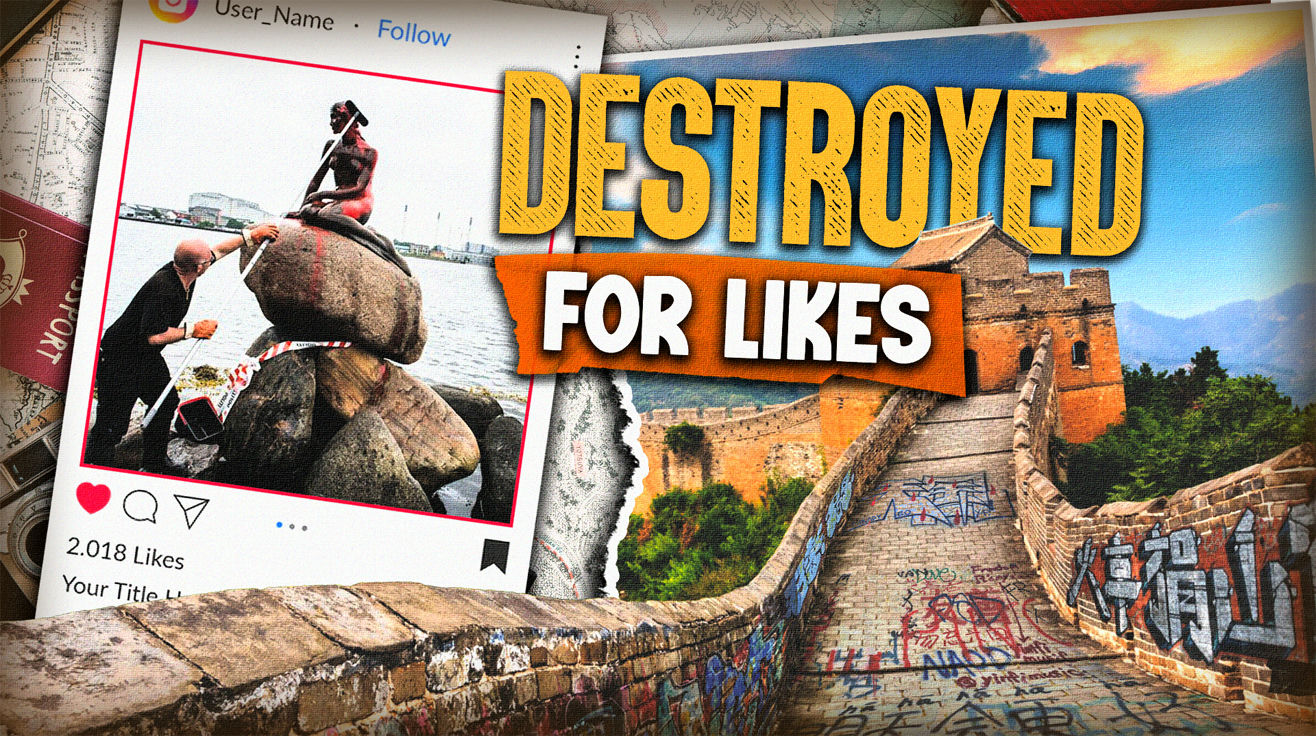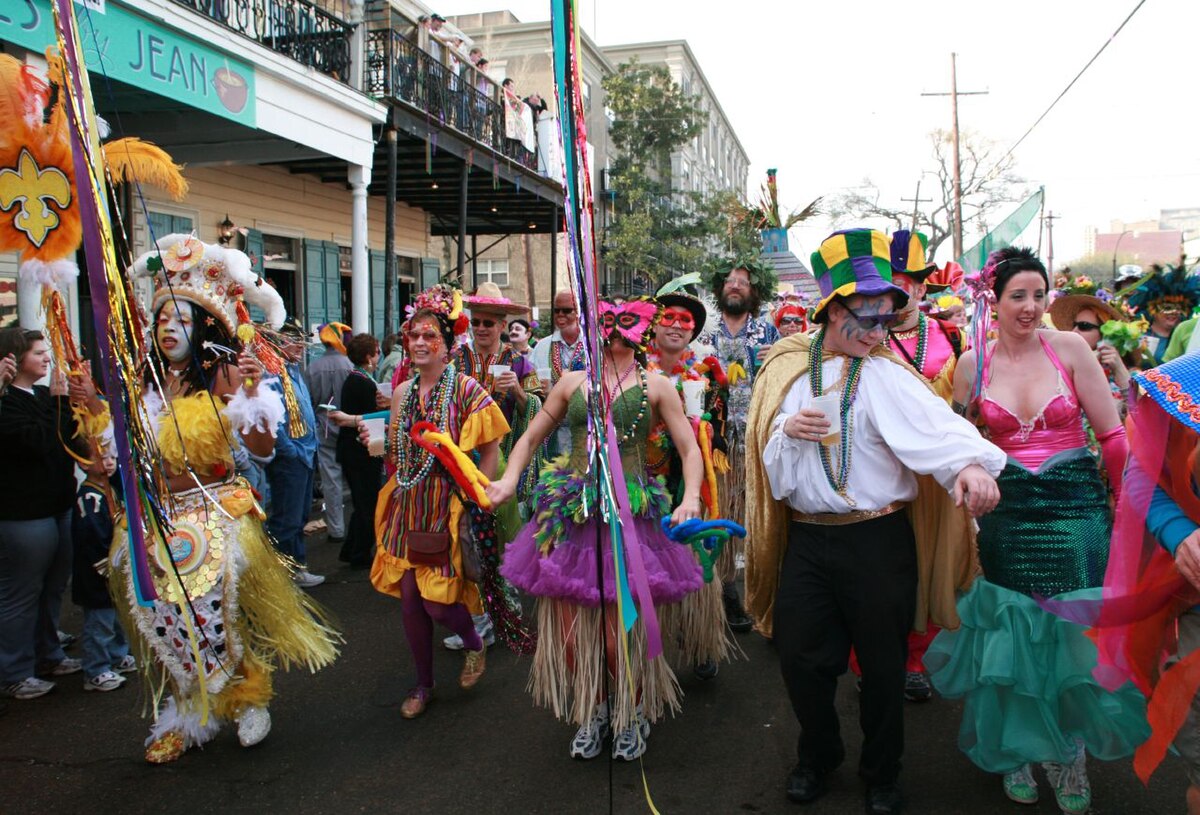You know that feeling when you discover a perfect hidden café, only to watch it transform into a tourist trap? That’s happening to our planet’s most sacred spaces. Ancient monuments that survived wars, earthquakes, and millennia now face their greatest threat: us. Social media’s hunger for the perfect shot has turned reverence into recklessness, transforming pilgrims into vandals armed with smartphones and spray paint. These treasures don’t just mark history—they anchor our souls to something larger than ourselves.
13. China’s Graffitied Great Wall
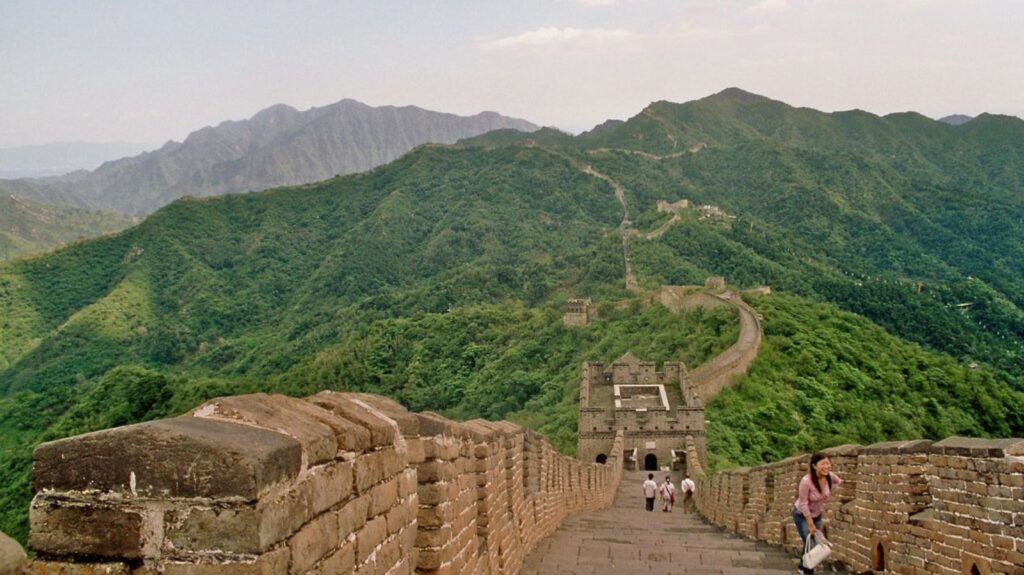
The Great Wall of China faces relentless vandalism despite its UNESCO World Heritage status. Around 30% of the wall has been destroyed by vandalism and natural erosion, with graffiti covering sections near Beijing. In 2020, officials caught a tourist carving the wall with a key on its first day reopening after COVID lockdowns.
China now maintains “graffiti zones” with plastic screens where tourists can write messages instead of carving into ancient stone. Fines for damaging the wall range from $30 to $75, though some sections require prison sentences for serious damage. Even NBA star Bobby Brown faced criticism for scratching his signature into the wall—proving fame doesn’t excuse vandalism.
12. The Social Media Vandal’s Tour
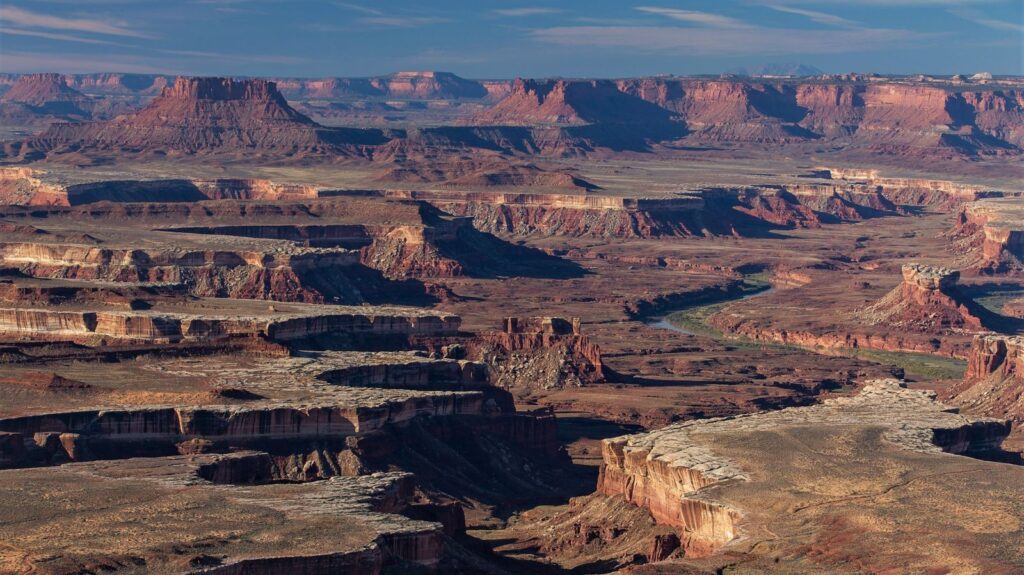
In 2014, one woman defaced property in seven US national parks during a 26-day spree. Using acrylic paint, she damaged protected areas and shared the images on social media, treating America’s natural cathedrals like her personal art gallery.
Her punishment included two years’ probation and a ban from all government parks. This case demonstrates how the desire for digital attention threatens physical spaces meant to remain untouched. Some moments don’t need documenting.
11. Copenhagen’s Battered Mermaid
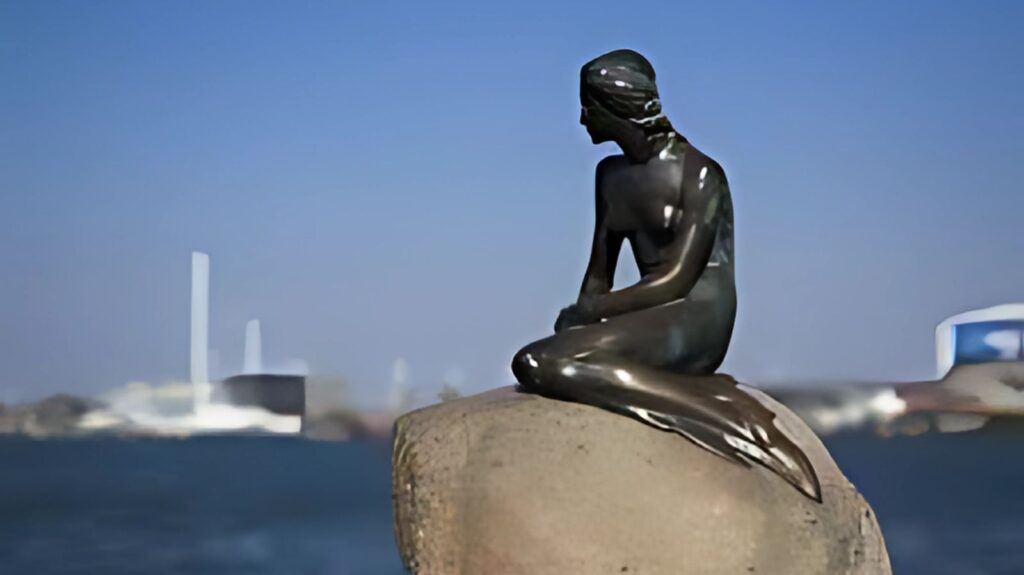
Commissioned in 1909 and unveiled in 1913, Copenhagen’s Little Mermaid has endured more drama than her fairy tale counterpart. She’s been beheaded twice, had arms sawed off, and been painted multiple times—including a 2020 incident where vandals spray-painted “racist fish” across her bronze form.
This small statue sitting vulnerable at the water’s edge embodies Denmark’s maritime heritage. Yet she requires constant protection from humanity’s strange compulsion to destroy what others cherish—like that friend who always has to touch wet paint.
10. Auschwitz’s Stolen Symbol

The iron gates of Auschwitz bearing “Arbeit macht frei” stand as haunting reminders of humanity’s capacity for evil. In 2009, thieves cut this artifact into three pieces, wounding not just metal but the memory of countless victims.
The main perpetrator received nearly three years in prison after an international manhunt. These places of remembrance demand protection as more than artifacts—they’re tangible warnings against our darkest impulses. Some things shouldn’t have price tags.
9. The Senator’s Final Flame
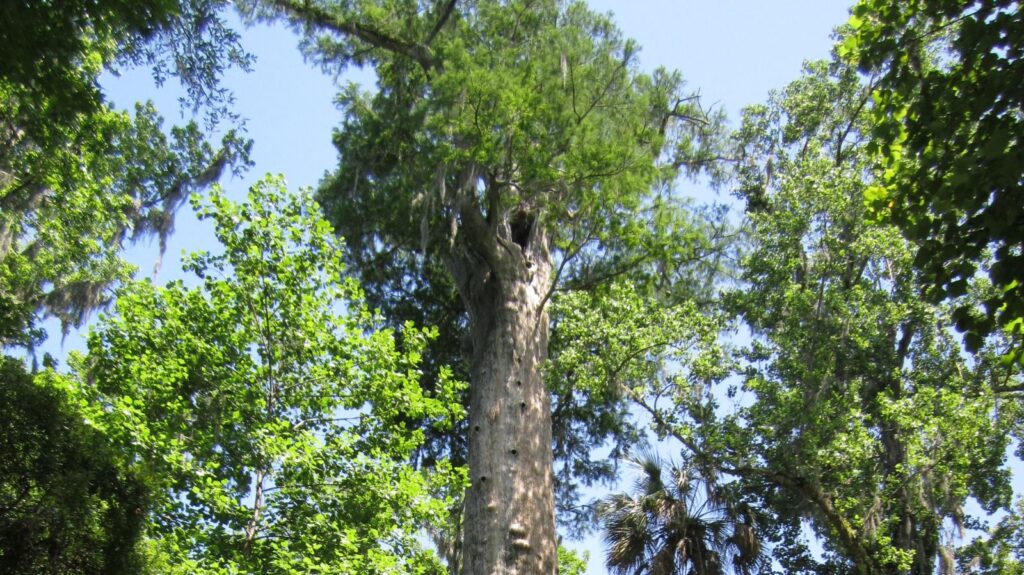
A 3,500-year-old bald cypress stood in Longwood, Florida until 2012—a living witness to history since before the pyramids pierced the sky. This ancient giant watched civilizations rise and fall from its perch in Big Tree Park, earning reverence as “The Senator.”
Then a woman seeking better lighting for her drug use lit a fire inside its hollow trunk. The tree that survived hurricanes, droughts, and human expansion couldn’t survive one careless flame. She received a suspended sentence and paid $12,000 in restitution—pocket change for destroying irreplaceable history.
8. Yellowstone’s Color-Blind Pool
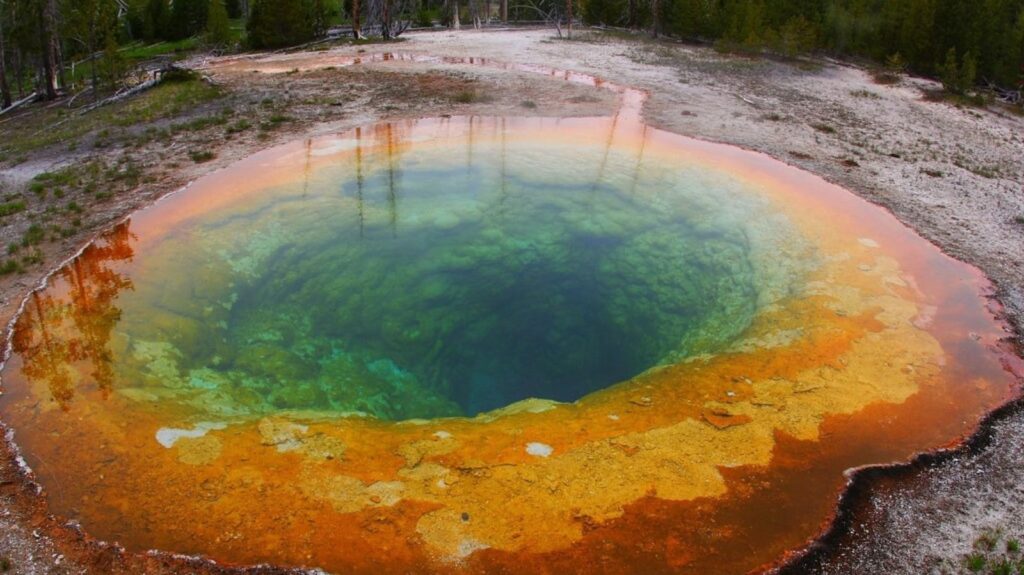
Morning Glory Pool once glowed brilliant blue in Yellowstone’s thermal wonderland. Photos from the 1940s reveal its former glory before decades of visitors tossing pennies, rocks, and trash changed its delicate chemistry.
Now the pool displays green, yellow, and orange edges—beautiful in their own way, but a painful transformation. This living barometer of our collective impact shows how even unintentional pollution undermines natural wonders. The pool’s changing colors tell the story of our carelessness.
7. Ireland’s Painted Cliffs

The Cliffs of Moher formed over 320 million years ago, their dramatic faces carved by relentless Atlantic storms. This UNESCO geopark draws visitors seeking Ireland’s wild beauty—and occasionally, illegal canvases.
In 2013, two artists created an 8×6 ft abstract painting on the rock faces. Their “masterpiece” marred geological wonders that predate our species. When ancient stone becomes merely another surface for human expression, we lose perspective on our fleeting place in deep time.
6. Easter Island’s Chipped Heritage
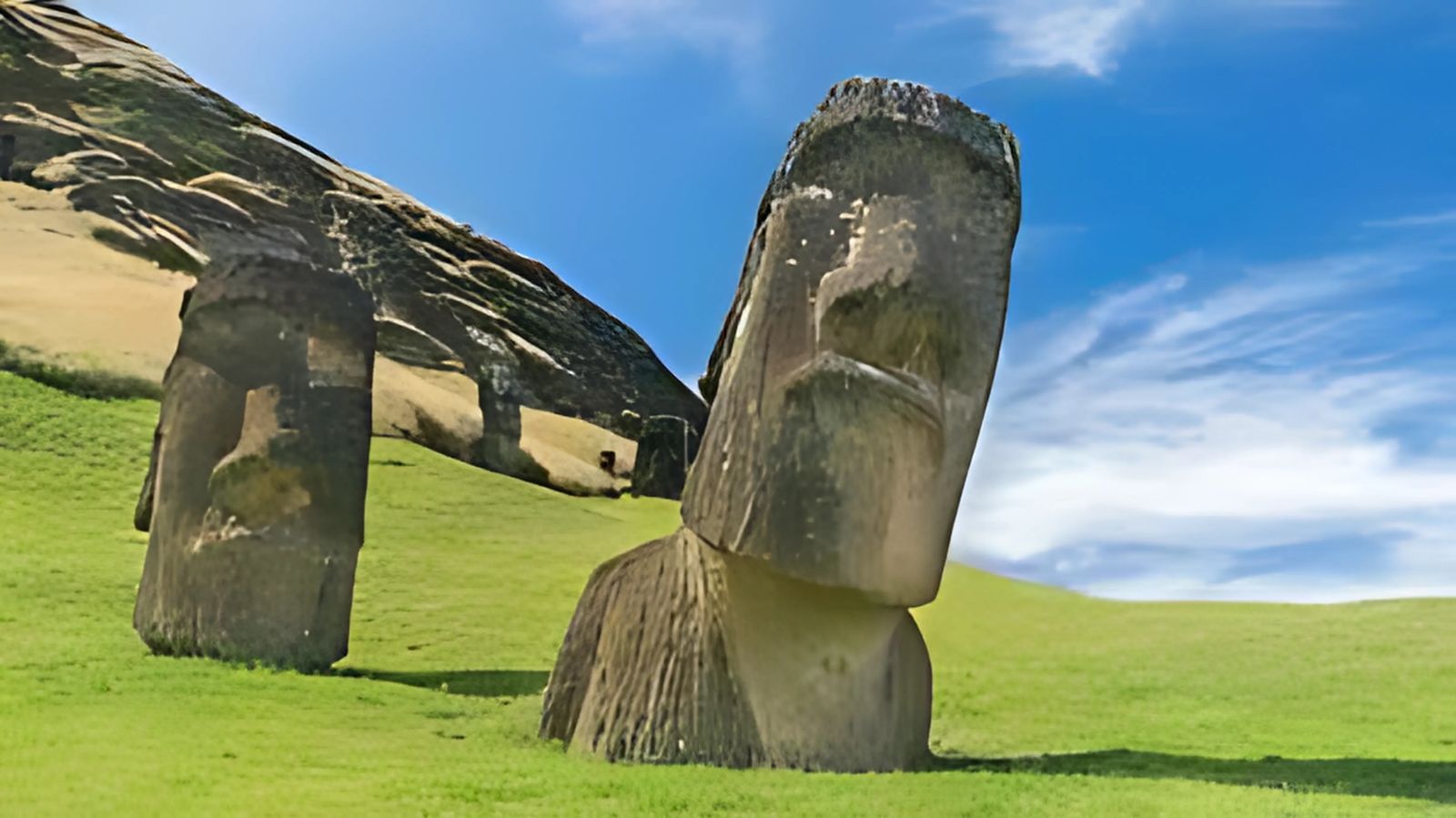
The Moai statues, built between 1250 and 1500, embody the ancestral spirits of the Rapanui people. These stone guardians watched over Easter Island long before Europeans arrived, their weathered faces holding secrets of a vanished civilization.
In 2008, a tourist chipped off an earlobe as a souvenir. He paid $17,000 and earned a three-year ban from the island. This incident cuts deeper than stone—it highlights our responsibility toward cultural artifacts belonging to communities still healing from colonial wounds.
5. Egypt’s Breathing Problem
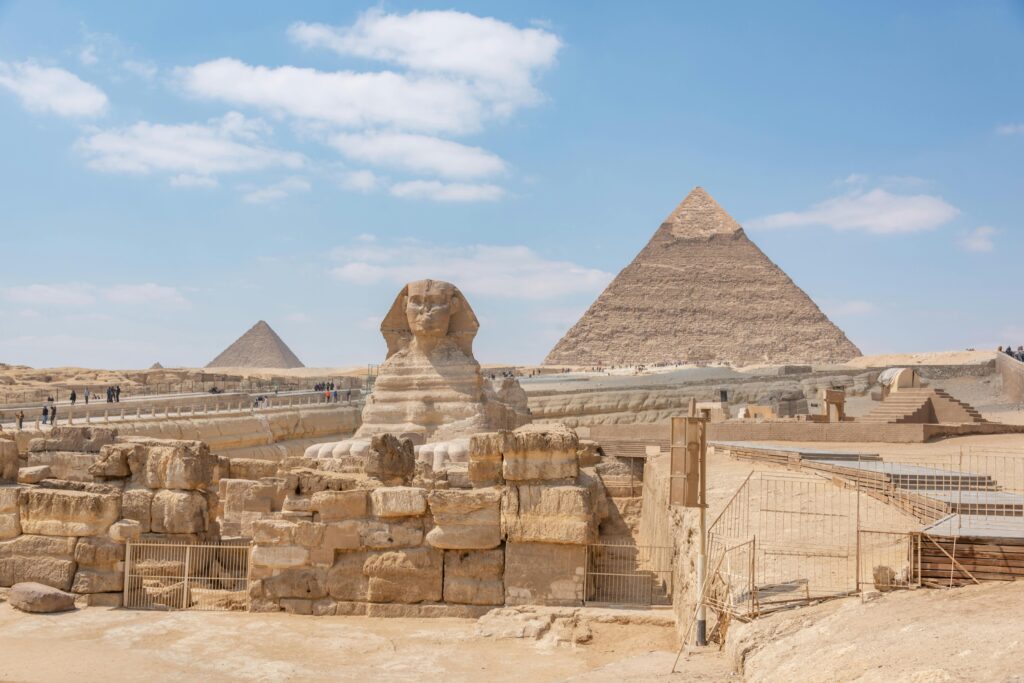
The Pyramids and Sphinx face decline from mass tourism’s constant pressure. Human breath and humidity gradually damage tomb chambers, while visitors chip away rocks, steal artifacts, and illegally climb structures that have stood for millennia.
These actions disrespect thousands of years of history. The monuments that survived pharaohs, earthquakes, and Napoleon’s cannons now face their greatest threat: millions of smartphones seeking the perfect selfie. Ancient Egypt deserves better than becoming background for your vacation photos.
4. Goblin Valley’s Fallen Giants
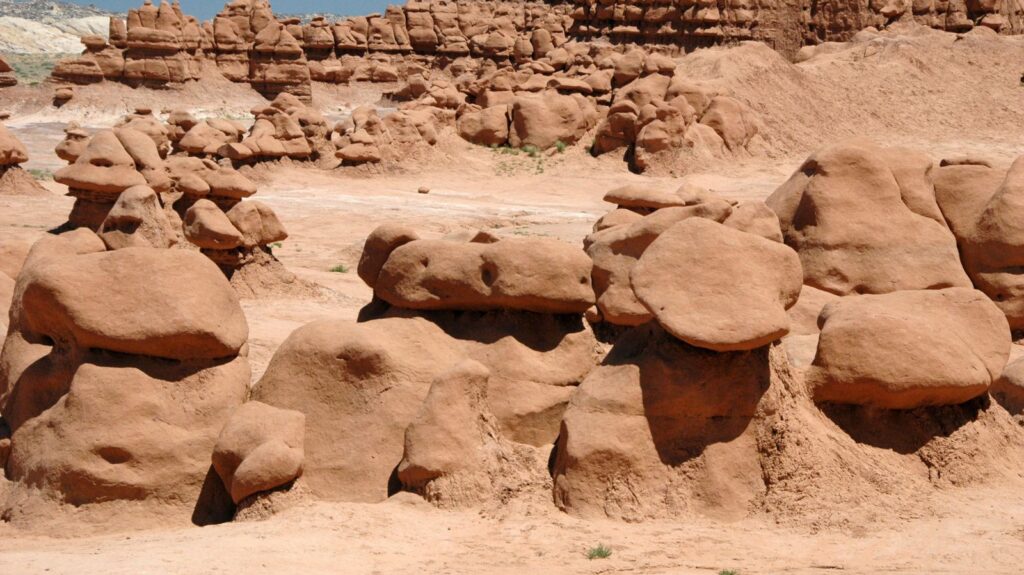
Utah’s Goblin Valley houses one of the world’s most remarkable concentrations of mushroom-shaped sandstone formations, sculpted by wind and water over millions of years. These hoodoos balanced like ancient dancers frozen in stone—until 2013, when two men recorded themselves toppling one while celebrating their “improvement” to the landscape.
Their destruction sparked international outrage. Both received probation and thousands in fines, but the formation that had balanced precariously for millennia remains forever altered. Nature’s patience, meet human impatience.
3. Oregon’s Shattered Duck

The Duck Bill Rock Formation at Cape Kiwanda resembled a duck’s head until 2016. Then adults (not teenagers as initially reported) pushed until it shattered, filming themselves destroying what nature took millennia to create.
This destruction reveals how quickly geological features can vanish despite their apparent permanence. Natural landmarks need protection from our human impulse to test our strength against the world—because apparently, we’re still cavemen with better cameras.
2. Machu Picchu’s Sacred Violation
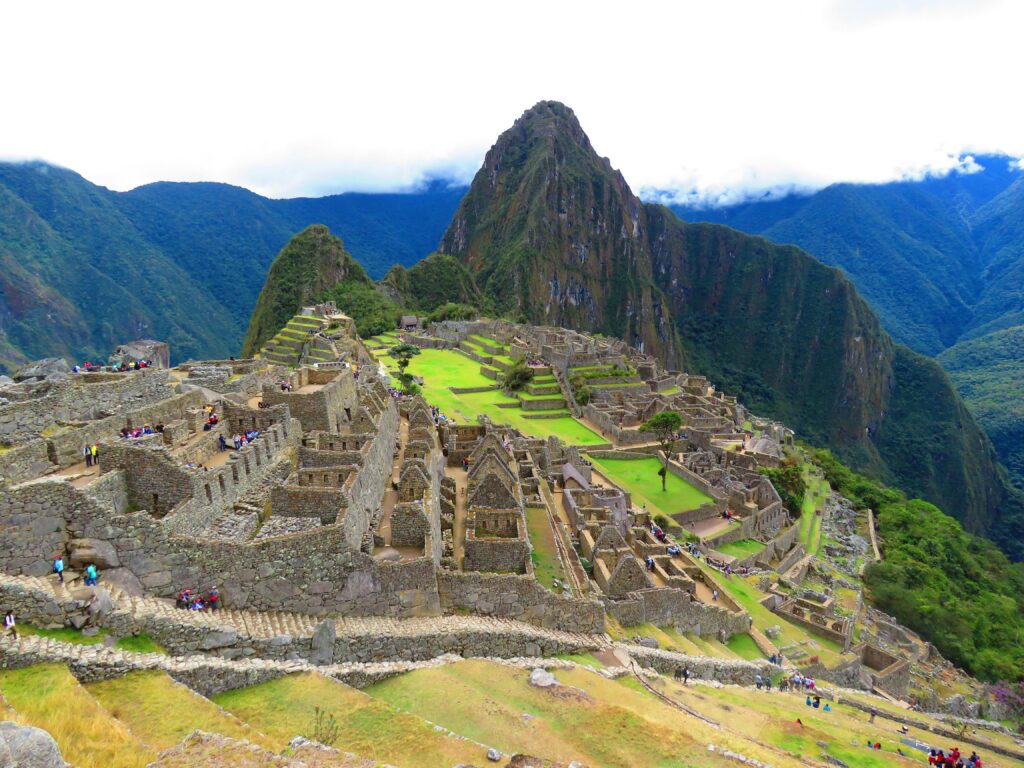
This wonder of the world faced desecration when six tourists entered restricted areas of the Temple of the Sun in 2020. They damaged ancient stonework and defecated at the sacred site—literally crapping on Incan heritage.
The ringleader was deported and banned from Peru, dispelling initial reports of lengthy prison sentences. Such behavior transforms sacred spaces into toilets, undermining cultural heritage and basic human decency. Some Instagram shots aren’t worth taking.
1. Pompeii’s Modern Graffiti
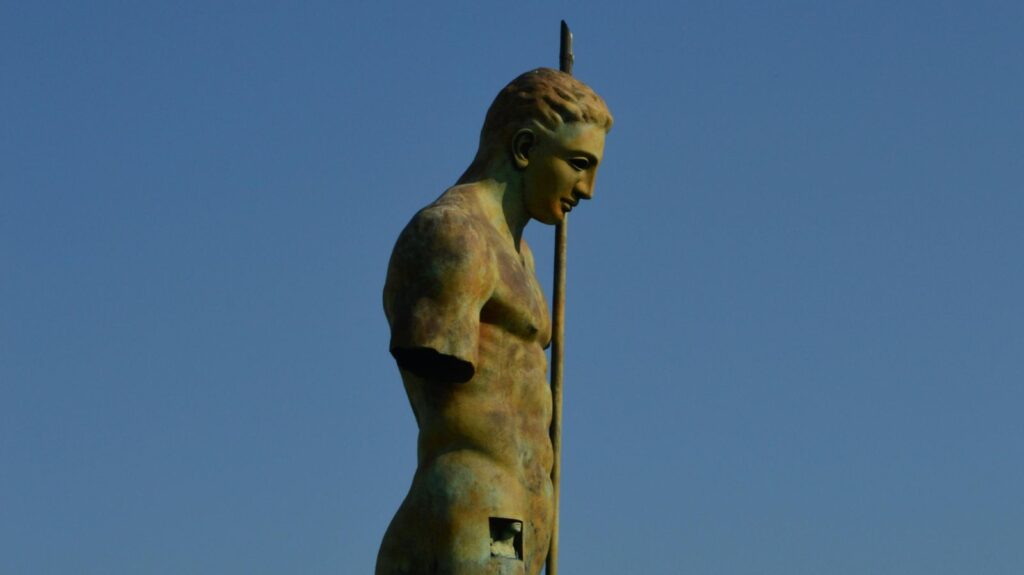
Pompeii, preserved by volcanic ash in 79 AD, offers an unparalleled window into ancient Roman life. Bakeries still hold loaves of bread, brothels display their price lists, and homes reveal intimate family moments—all frozen in time.
Yet modern vandalism continues as tourists carve initials into historic walls. Italy responds with fines up to roughly $16,500. These careless scratches disrespect centuries of accidental preservation, turning archaeological treasures into bathroom stall graffiti.
Breaking the Cycle
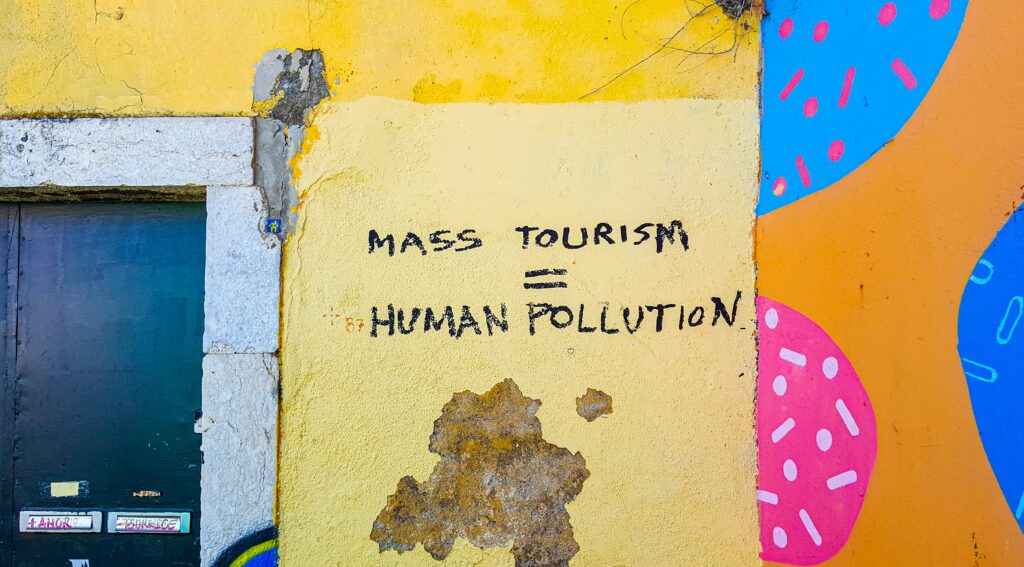
“It is ever more important to introduce visitor management measures in world heritage sites such as the Great Wall of China,” said Marcelo Risi, a spokesman for the United Nations World Tourism Organization, which promotes responsible travel. His words capture the delicate balance between access and preservation that defines modern heritage tourism.
The documented vandalism reveals a troubling pattern. Social media has amplified both our appreciation for these wonders and our destructive behaviors. Travel responsibly by staying on designated paths, following all regulations, and remembering that these places don’t belong to us alone—they connect us to our past and, if properly protected, to our future. Skip the graffiti. Take only photos, leave only footprints, and maybe resist the urge to prove you were there by carving your name into history.


